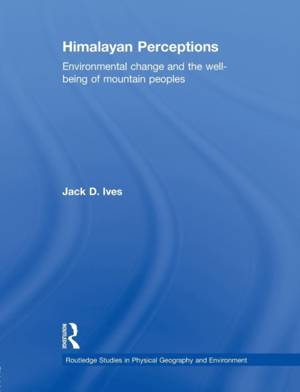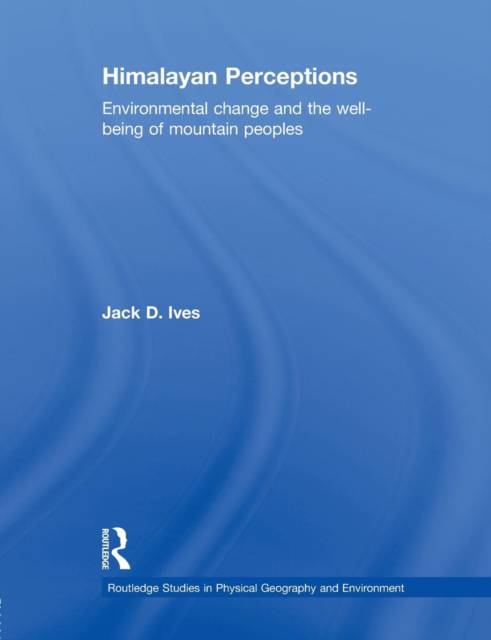
- Afhalen na 1 uur in een winkel met voorraad
- Gratis thuislevering in België vanaf € 30
- Ruim aanbod met 7 miljoen producten
- Afhalen na 1 uur in een winkel met voorraad
- Gratis thuislevering in België vanaf € 30
- Ruim aanbod met 7 miljoen producten
Omschrijving
In the 1970s and 1980s many institutions, agencies and scholars believed that the Himalayan region was facing severe environmental disaster, due primarily to rapid growth in population that has caused extensive deforestation, which in turn has led to massive landsliding and soil erosion. This series of assumptions was first challenged in the book: The Himalayan Dilemma (1989: Ives and Messerli, Routledge). Nevertheless, the environmental crisis paradigm still commands considerable support, including logging bans in the mountain watersheds of China, India, and Thailand, and is constantly being promoted by the news media.
Himalayan Perceptions identifies the confusion of misunderstanding, vested interests, changing perceptions, and institutional unwillingness to base development policy on sound scientific knowledge. It analyzes the large amount of new research published since 1989 and totally refutes the entire construct. It examines recent social and economic developments in the region and identifies warfare, guerrilla activities, and widespread oppression of poor ethnic minorities as the primary cause for the instability that pervades the entire region. It is argued that the development controversy is further confounded by exaggerated reporting, even falsification, by news media, environmental publications, and agency reports alike.
Specificaties
Betrokkenen
- Auteur(s):
- Uitgeverij:
Inhoud
- Aantal bladzijden:
- 296
- Taal:
- Engels
- Reeks:
Eigenschappen
- Productcode (EAN):
- 9781138867130
- Verschijningsdatum:
- 9/02/2015
- Uitvoering:
- Paperback
- Formaat:
- Trade paperback (VS)
- Afmetingen:
- 189 mm x 246 mm
- Gewicht:
- 530 g

Alleen bij Standaard Boekhandel
Beoordelingen
We publiceren alleen reviews die voldoen aan de voorwaarden voor reviews. Bekijk onze voorwaarden voor reviews.











